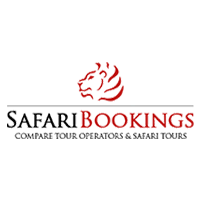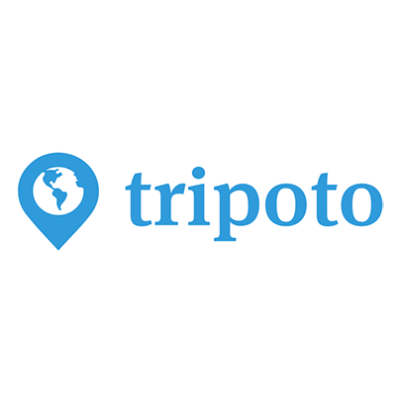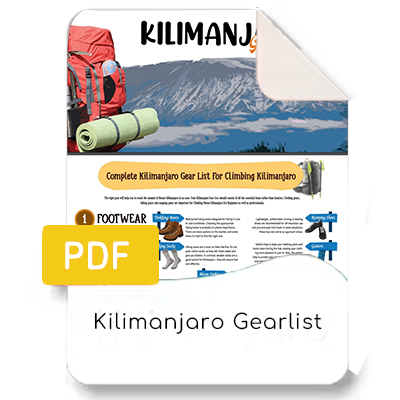Answers To Common Kilimanjaro Questions
Kilimanjaro Faq’s
We receive questions about Climbing Mount Kilimanjaro all the time. We have compiled a list of the Kilimanjaro Faq’s in general. We have put together this in a short section to show you what it’s really like Climbing Mount Kilimanjaro. No matter where you are in the planning stages, it’s an extremely useful to watch. And find out what it really takes to conquer one of the world’s greatest natural wonders.
Climb Kilimanjaro Guideas FAQs given by us can make your Climbing Mount Kilimanjaro smooth and enjoyable.


 1 mountaineering sleeping bag
1 mountaineering sleeping bag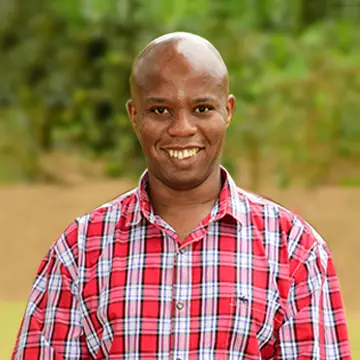
 Whatsapp
Whatsapp Chat Online
Chat Online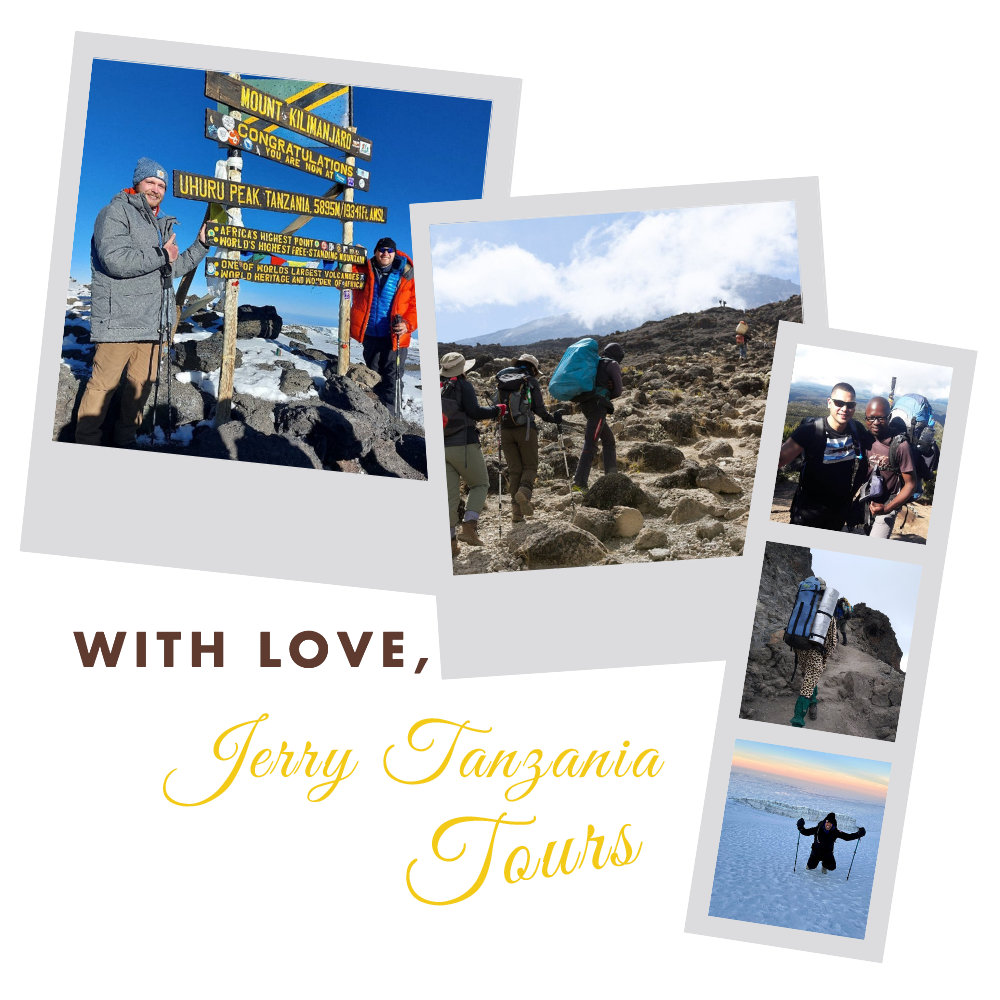

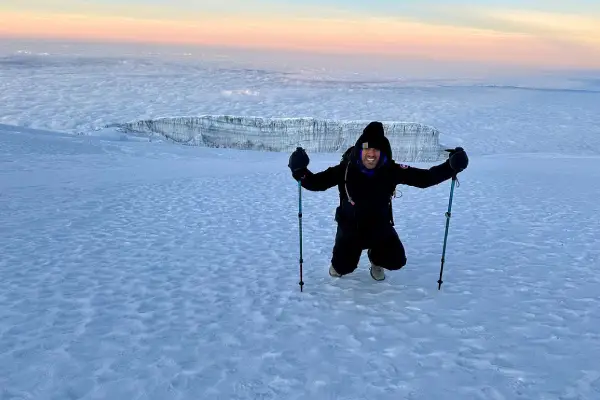




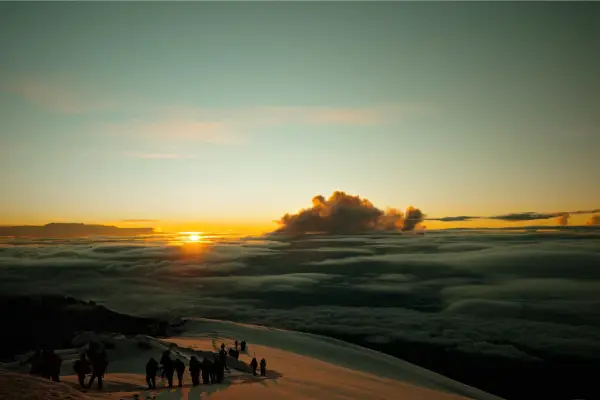
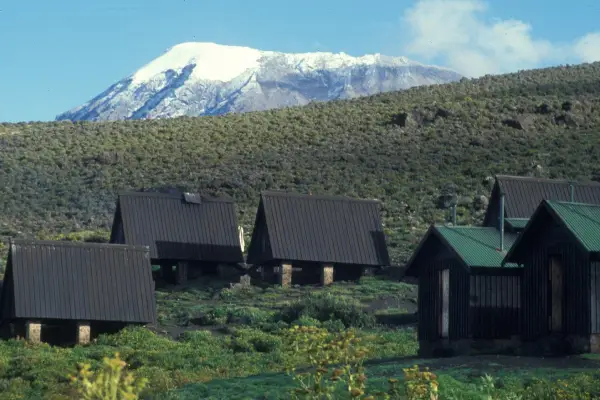
 Subscribe On Youtube
Subscribe On Youtube
 1 Year ago
1 Year ago


